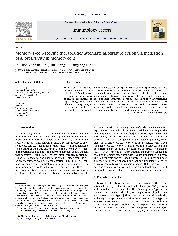摘要
Many means in inbred rodent models promoted long-term graft survival or donor-specific tolerance, but less so in nonhuman primates, outbred rodents or human patients. A diverse repertoire of memory T cells, derived from heterologous immunity or prior to exposure to alloantigen, has been believed to be an important part of this barrier. Memory T cells have a unique capacity to generate effector functions quickly upon re-exposure to antigen, and this capacity is achieved by reduced activation thresholds, and expressed high level trafficking and adhesion molecules, which is likely responsible for their exhibiting differential susceptibility to immune therapeutics compared with naive T cells. This review outlines recent progress on characteristics of memory T cells and focuses on these potential therapies targeting memory T cells which are likely to ameliorate allograft rejection by inducing transplant tolerance.
- 出版日期2012-12
- 单位贵州省人民医院
